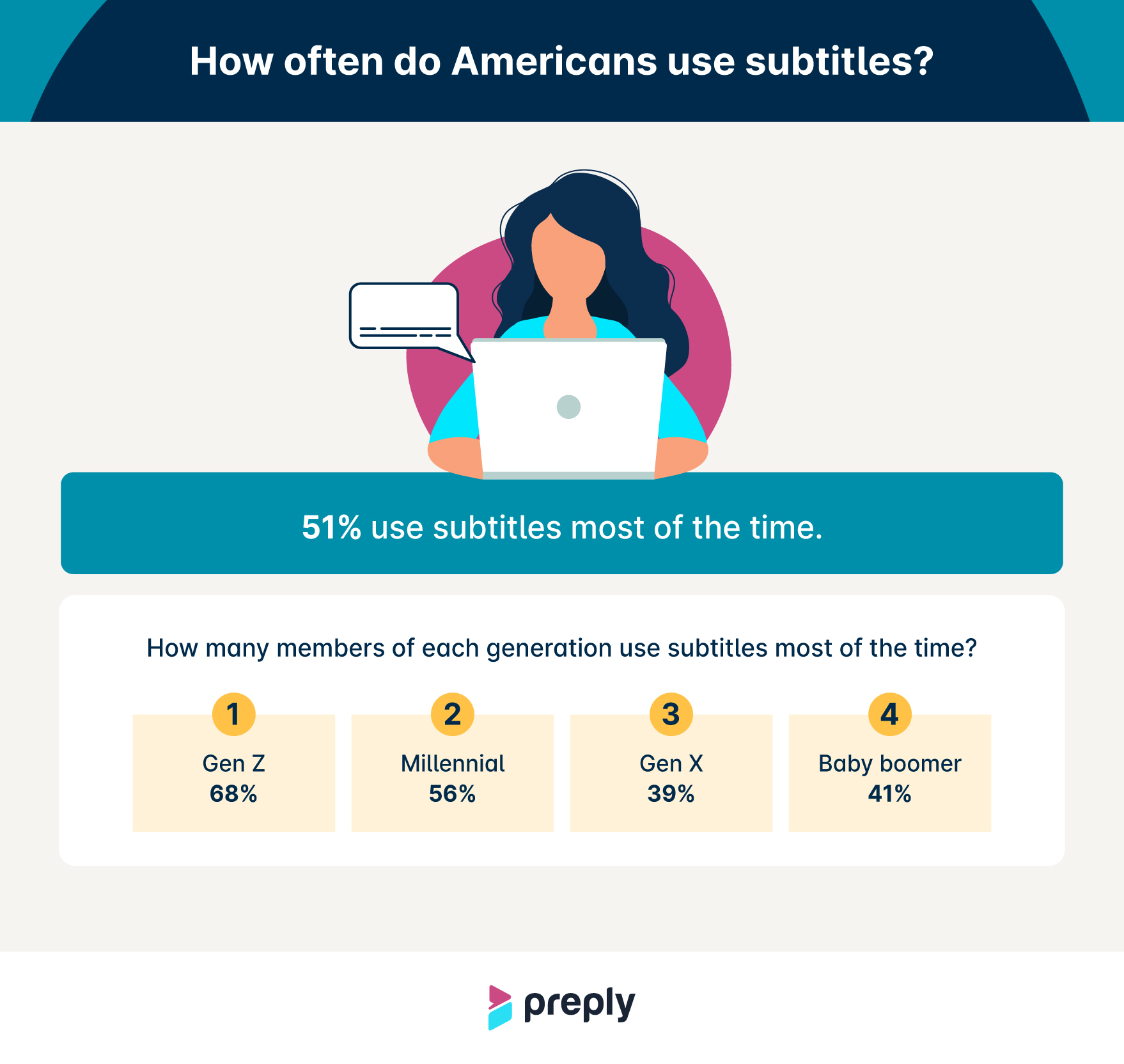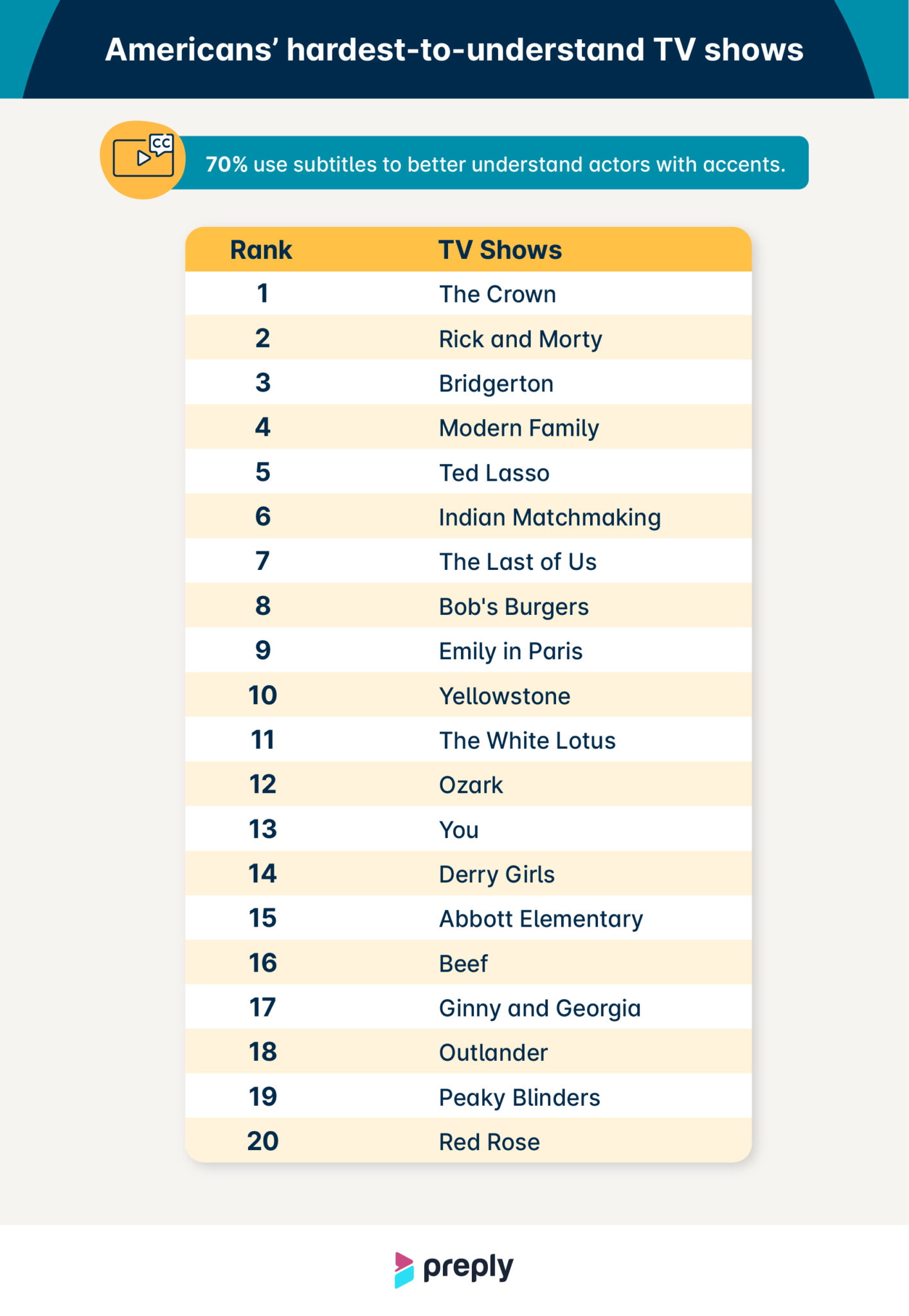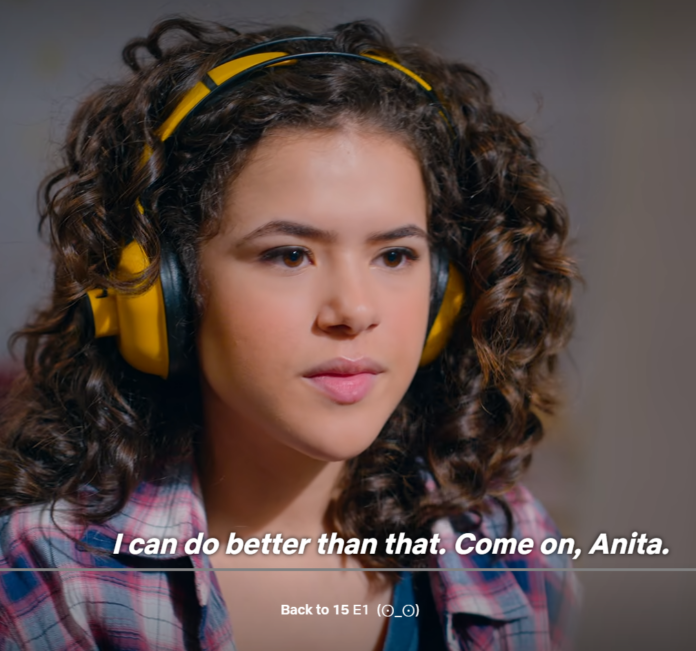Who uses subtitles, and why? From assisting hard-of-hearing or deaf viewers of TV and online video content to providing English-language translation to increasingly popular international series, subtitles matter. To discover how habits have changed in 2023, a language learning app and e-learning platform known as Preply surveyed more than 1,500 Americans on their use and opinions of subtitles.
The key finding: More than half of Americans watch content with subtitles most of the time.
Among respondents, 51% watch content with subtitles more often than not. Furthermore, some 58% of viewers are using subtitles more often than they used to — a rise from 53% in 2022.
To be clear, the study focused heavily on online video consumption. But, with viewing shifting to OTT and smartphones, broadcast and cable TV executives can use the data to better understand how to make their content appealing across all delivery devices U.S. consumers use.
Two key findings prove intriguing.
- Due to background music, 61% say it is harder to hear dialogue in shows and movies than it used to be.
- A large majority (70%) of Americans use subtitles to better understand actors with accents.
- Women are more likely than men (61%, versus 54%) to use subtitles more frequently
Meanwhile, the biggest eye-opener from the survey points to Generation Z respondents. Some 96% of those in this age group use subtitles, a swift rise from 70% in the last year.
For those who are easily irritated by the viewing of YouTube or TikTok on smartphones by those who seemingly don’t understand personal space, volume controls or what ear buds are, this is encouraging news.
THE GLOBAL OTT PARADIGM
As part of the study, respondents were asked about their consumption habits by viewing source.
Some 52% report using subtitles more frequently on Netflix than on any other platform, “a possible testament to the platform’s dominance and its user-friendly subtitle integration,” Preply concludes.
That said, Netflix’s original productions include Korean fare including “Squid Game,” Mexican series such as “La Casa de Las Flores,” and a budding Brazilian production scene presently highlighted by child actress turned adult headliner Maisa Silva, featured in Netflix’s “Back to 15.”
With IATSE, SAG-AFTRA and WGA East and West all concurrently on strike in the U.S., foreign productions could likely gain audience over the next several months from content-starved Americans weary of unscripted programming that will likely dominate network television come September and October. Enter subtitles, at least in this respect.
SAY WHAT?
It’s been commonly assumed that subtitles may be of increasing appeal for those who are in the upper segment of the AARP Membership ranks. Not so, says Preply.
Their study indicates the exact opposite, that younger audiences are more likely to use subtitles — again, a likely reflection of their desire to view non-native content in their original language, and of their respect for viewing content in public places sans ear buds.
Older viewers may also find turning the volume up of greater appeal than reading subtitles, in particular for those whose eyesight may not be the same as it once was at an earlier age.

COMPREHENSION CORRECTION
Lastly, Preply asked its respondents if there were any particular programs that were difficult to understand if relying solely on the dialogue.
In TV, The Crown, with its period-specific British accents, proved difficult for some American viewers. Rick and Morty, with its fast-paced dialogue and intricate sci-fi terminology, ranks second. The historical drama Bridgerton, laden with British accents and Regency-era English, takes the third spot.

METHODOLOGY
Preply on May 2 surveyed 1,503 Americans on their use and experiences with subtitles in entertainment on both streaming platforms and online. Respondents ranged in age from 18 to 76 years old, and were 49% female, 50% male, and 1% nonbinary.
To view Preply’s full report and coverage of its study, please click here.




